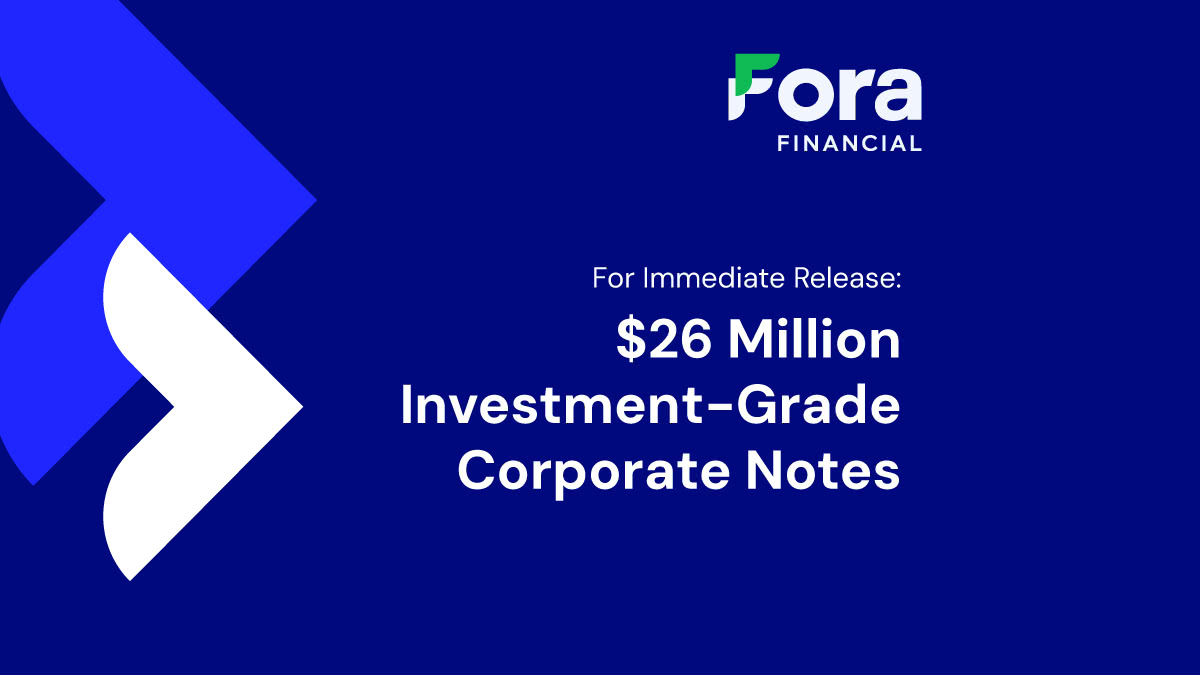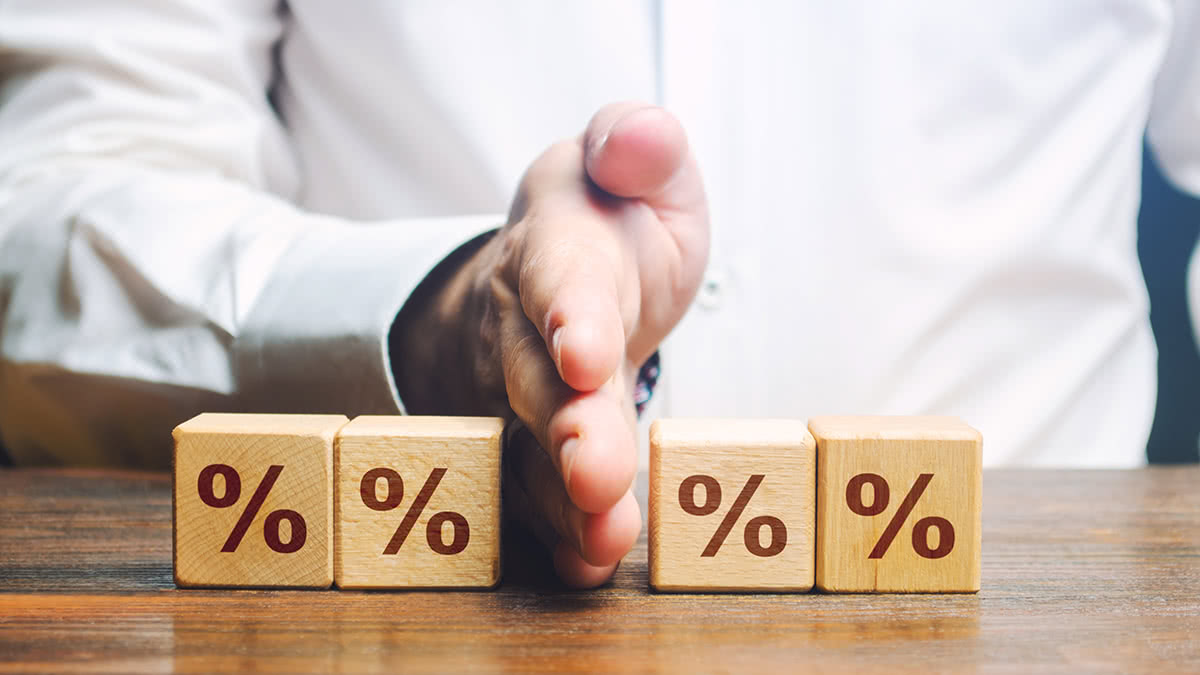Small Business Loan Application Checklist: How To Prepare

Do you have plans to grow your small business, but not enough funds to make them happen? If so, you’ve probably considered applying for a business loan package.
Because taking out a loan is a big decision, it’s a good idea to make a small business loan checklist to ensure you’re efficiently completing the application.
In this post, we'll explain how small business owners can prepare their loan application with a 10-part checklist.
10 Items to Include In Your Small Business Loan Checklist:
Your small business loan checklist will include a lot of required paperwork. Before you start completing the proper forms, consider making a file for your small business loan application that’s separate from where you keep your personal documents.
Completing your alternative financing or SBA loan checklist might be overwhelming at the start, but strategically tackling the project can make it a breeze. Check off the individual items one by one to get ahead on your loan application process.
1. Borrower Information Form
As the name implies, a borrower information form is used to profile the applicant seeking a term loan. It includes details such as your contact information, identifying company qualities, loan intent, business principles, and previous or outstanding loans.
To get an idea of what the borrower information form looks like, you can download one from the U.S. Small Business Administration website. The form states clear instructions, and even defines key words to help applicants understand the document before filling it out.
You’ll submit this form, or a similar one, to your lender once you’ve completed it.
2. Personal Background and Financial Statement
If you’re a partial owner, general partner, proprietor, guarantor or managing member of a small business, you’ll probably have to complete a personal background and financial statement.
Basically, a lender wants to ensure that your personal credit score is legitimate before offering you money to help you start or improve your business. The form requires personal identification information such as your phone number and address, as well as a declaration of your current financial assets. You’ll list both your assets and liabilities on this form, giving the lender an idea of your history with investments and current approximate net worth.
3. Business Financial Statements
Business financial statements break down your company’s income, expenses, and general plan for managing funds. They can be a great opportunity for you to make sure your intended revenue is adding up. If you already use a balance sheet, creating a formal financial statement should be straightforward.
Similar to the personal financial statement, the business financial statement will include assets and liabilities—just as they pertain to your business’s finances. There are viable business financial statement templates online, although your lender might have their own for you to complete.
4. Business License or Certificate
You’ll need to register your company with a business license or certificate before your lender considers it to be legitimate. When a business establishes itself separately from the person who started it, the legalities change. The kind of business license or certificate you’ll get is usually contingent on the specific type of business for which you’re registering.
Here are some common options for business registration:
C-corporation
S-corporation
Limited liability partnership
Sole proprietorship
Registering your business is a key part of the small loan application process. Keep in mind, it’s possible that you’ll need additional licenses depending on the industry and state in which you work and live.
5. Your Loan Application History
If you were lending someone money, you’d probably want to know about their history of making timely payments to lenders and how many times they’d tried to access credit. The same concept applies to obtaining a small business loan, as your loan application history could affect your ability to get a new loan.
Whether or not you’ve been approved for all of the loans you’ve applied for in the past, your loan application history statement verifies any past applications for small business loans. This information helps lenders decide whether or not you’d be a good candidate for a loan.
6. Income Tax Returns
Providing your income tax returns is key when applying for a loan. To complete this part of your small business loan application checklist, you’ll need to provide your business personal income tax returns for the past three years. Make sure the tax returns are signed, and feature the correct information before submitting to your lender.
If you need to correct or update any information on your business tax return, you can do so by filling out Form 1040X of redoing Form 1120S — both of which are provided by the IRS.
7. Resumes for All Partners
Each principal member of your business will need to submit a personal resume to the lender. Different from a job application resume, this resume should be tailored to the loan application process.
The lender uses resumes as a quick way to get to know you better, including your professional past, qualifications, and business goals.\_Your resume is a great opportunity to flaunt your skills and ability to run a successful business.
8. Business History and Overview
An important aspect of your application checklist is the business history and overview form, which are used to communicate overarching vision and business goals. When applying, your lender will want to know how you’ll use your business loan, and asks for a brief history and overview of your business plan to verify legitimacy.
9. Business Lease
If your business has a brick-and-mortar space, you’ll need to provide a copy of the lease. Your lender will review the terms and conditions of the lease to confirm that your company has a fitting rental agreement. This portion may not affect you depending on the type of business you own. For example, if you’re seeking a loan for your eCommerce business which operates completely online, not providing a lease is understandable.
10. Bank Statements
Your lender might ask for bank statements from the previous year. In fact, it’s relatively common for lenders to ask for one year of personal and business bank statements before completing the loan process. Usually used to verify financial information, bank statements can also give the lender perspective on your spending habits—both professionally and personally.
Editor’s Note: This post was updated for accuracy and comprehensiveness in April 2021.
Since 2008, Fora Financial has distributed $4 billion to 55,000 businesses. Click here or call (877) 419-3568 for more information on how Fora Financial's working capital solutions can help your business thrive.






